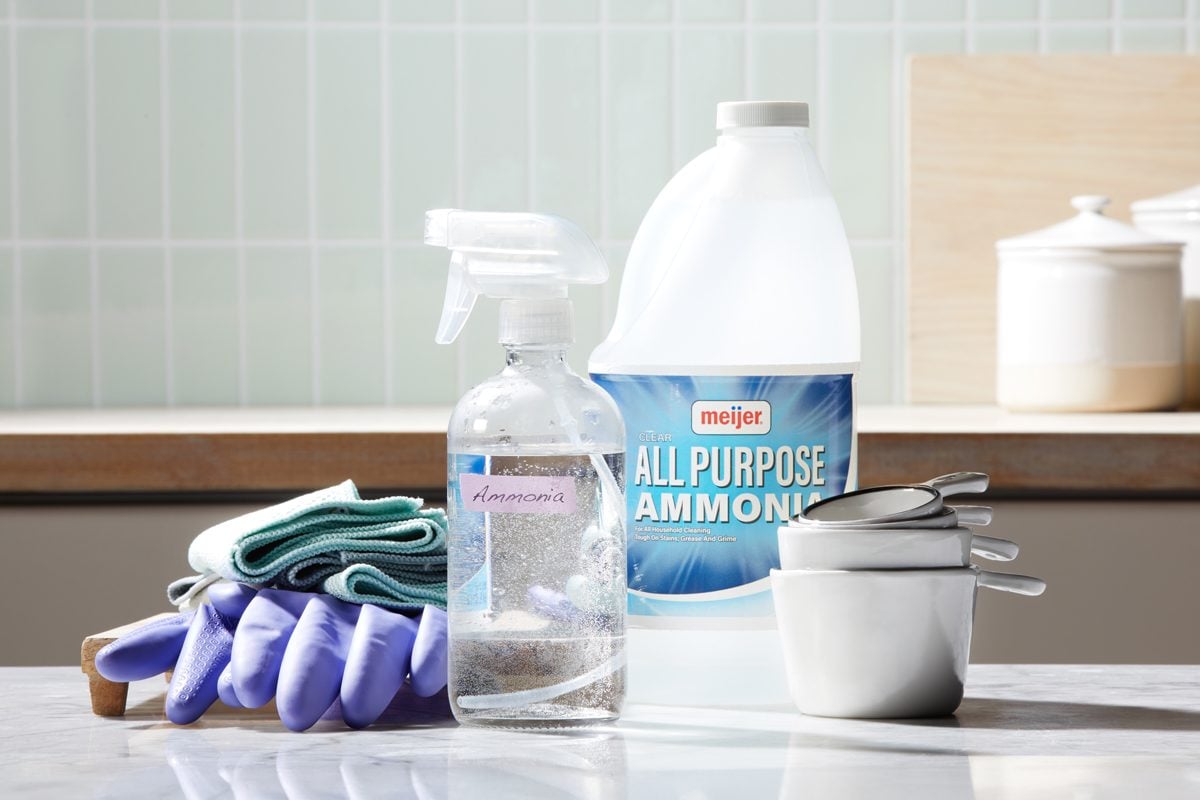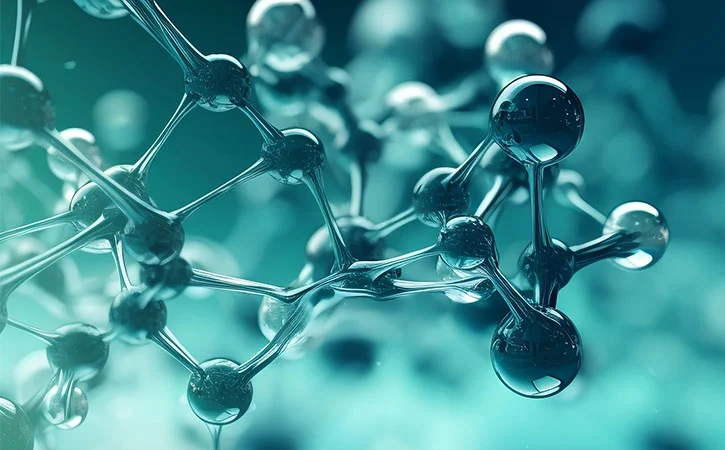Dealing with mold is a frustrating and often overwhelming task for homeowners. When searching for effective mold removal solutions, many turn to household cleaners like ammonia. But does ammonia actually kill mold, or are there better alternatives? In this comprehensive guide, we’ll uncover the truth about using ammonia for mold removal, compare it to other cleaning methods, and provide practical tips to ensure your home remains mold-free.
Ammonia and Mold: How Does It Work?

Ammonia is a powerful cleaning agent commonly used to remove grease, grime, and stains. Its high alkalinity makes it effective against some microorganisms. However, when it comes to mold, ammonia is only partially effective. Here’s why:
- Surface Mold: Ammonia can kill mold on non-porous surfaces, such as glass, tile, and metal, where it doesn’t penetrate deeply.
- Porous Surfaces: On porous materials like drywall, wood, or fabric, ammonia fails to reach the mold roots, leaving the infestation largely intact and prone to regrowth.
- Spore Activity: Ammonia doesn’t effectively neutralize mold spores in the air or on surfaces, which can lead to new mold colonies.
When Should You Use Ammonia for Mold Removal?
Ammonia can be a viable solution for small-scale mold problems in specific situations. Here’s when to consider using it:
- Non-Porous Surfaces: Ideal for cleaning mold off countertops, tiles, and glass.
- Supplementary Cleaning: Use ammonia as part of a broader mold remediation strategy, not as a standalone solution.
- Precautionary Cleaning: After mold remediation, ammonia can help sanitize non-porous surfaces to discourage regrowth.
Warning:
Never mix ammonia with bleach. The combination creates toxic chloramine gas, which can be deadly if inhaled.
Step-by-Step Guide to Using Ammonia for Mold Removal

If you choose to use ammonia for mold cleanup, follow these steps to ensure safety and effectiveness:
Materials Needed:
- Clear ammonia (not sudsy or lemon-scented)
- Spray bottle
- Protective gear (gloves, goggles, N95 mask)
- Soft scrub brush or cloth
- Clean water
Step-by-Step Process:
- Wear protective gear to avoid direct contact with ammonia fumes.
- Mix a solution of equal parts ammonia and water in a spray bottle.
- Spray the affected area thoroughly, ensuring full coverage.
- Let the solution sit for 5-10 minutes to penetrate and sanitize the mold.
- Scrub the area gently with a soft brush or cloth.
- Rinse with clean water and dry the surface completely.
Pros and Cons of Using Ammonia for Mold Removal
| Pros | Cons |
|---|---|
| Effective on non-porous surfaces | Ineffective on porous materials |
| Affordable and readily available | Fails to neutralize mold roots |
| Kills surface mold quickly | Does not address airborne spores |
| Useful as a supplementary cleaner | Releases strong fumes |
Alternatives to Ammonia for Mold Removal

While ammonia has its uses, other mold removal methods are often more effective. Here’s how ammonia compares to other options:
1. Vinegar
Vinegar is a natural, non-toxic alternative that penetrates porous surfaces and kills mold at its roots. It’s particularly effective for small-scale mold problems.
2. Hydrogen Peroxide
Hydrogen peroxide is a powerful mold killer that also removes stains. It works well on both porous and non-porous surfaces.
3. Commercial Mold Removers
Specialized mold removal products are designed to kill mold spores and prevent regrowth. They’re a great option for larger or recurring mold problems.
4. Professional Mold Remediation
For extensive infestations or toxic molds like black mold, hiring a professional mold remediation service is essential. Professionals use advanced techniques to ensure thorough removal and prevention.
Contact Citywide Mold Mitigation for expert mold removal services tailored to your needs.
Comparing Mold Removal Methods
| Method | Effectiveness | Best Use |
|---|---|---|
| Ammonia | Moderate | Non-porous surfaces |
| Vinegar | High | Porous and non-porous surfaces |
| Hydrogen Peroxide | High | Stains and deep mold removal |
| Commercial Cleaners | Very High | Larger infestations |
| Professional Remediation | Extremely High | Severe or widespread infestations |
FAQs About Ammonia and Mold Removal
| Question | Answer |
|---|---|
| Does ammonia kill mold spores? | Ammonia can kill surface mold but is ineffective at neutralizing airborne spores. |
| Can ammonia be used on drywall? | No, ammonia is not effective on porous surfaces like drywall. |
| Is ammonia safe to use? | Yes, if used properly. Always wear protective gear and avoid mixing with bleach. |
| What surfaces can ammonia clean? | Ammonia is ideal for non-porous surfaces such as glass, tile, and metal. |
| Should I use ammonia for black mold? | No, black mold requires specialized products or professional remediation. |
Conclusion: Is Ammonia the Right Choice for Mold Removal?

Ammonia can be a useful tool for tackling surface mold on non-porous materials, but it’s not a comprehensive solution. Its inability to penetrate porous surfaces or neutralize airborne spores limits its effectiveness for larger mold problems. For thorough mold removal and prevention, consider alternatives like vinegar, hydrogen peroxide, or professional services.
When in doubt, trust the experts at Citywide Mold Mitigation. Our team offers tailored solutions to keep your home mold-free and safe for your family.

